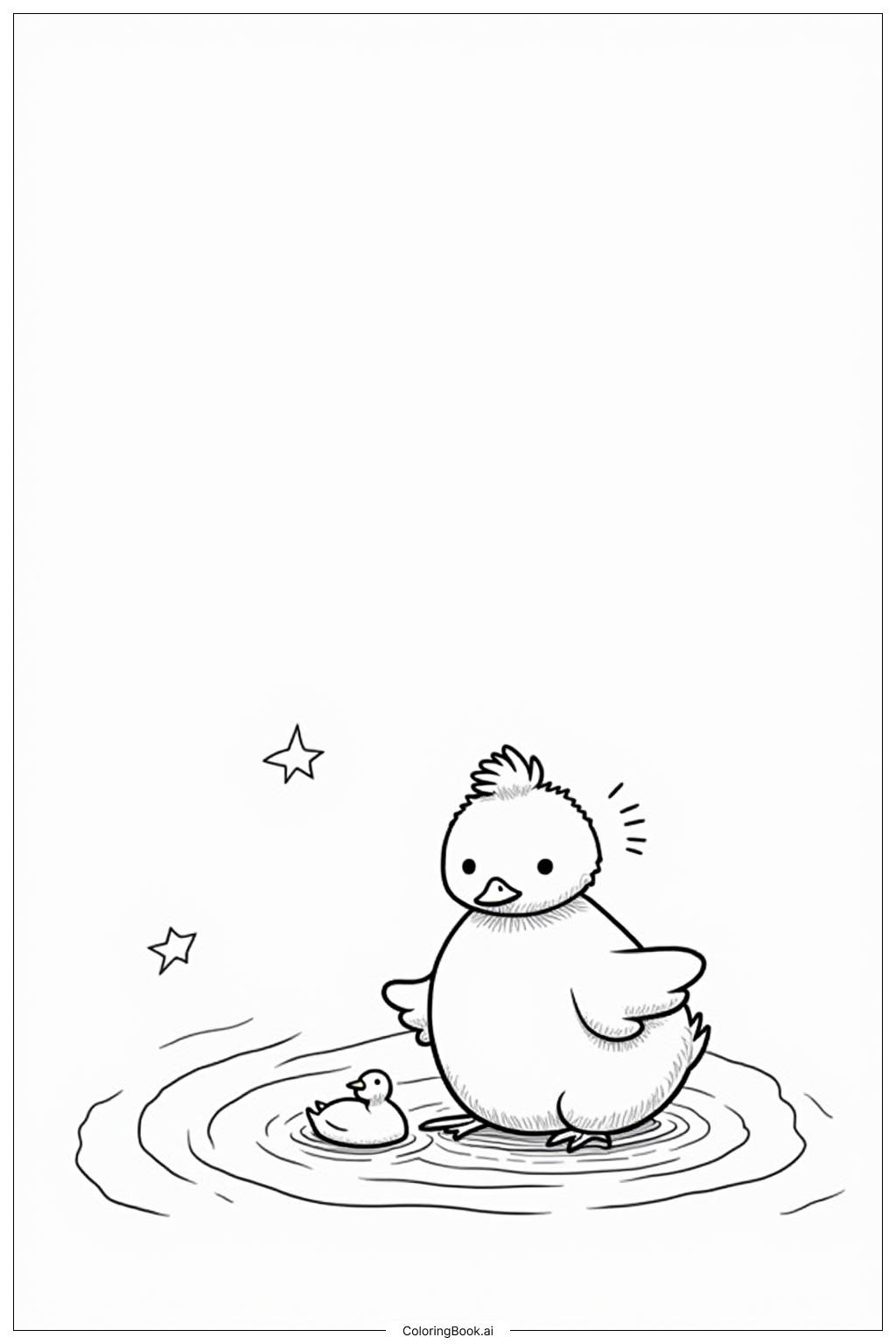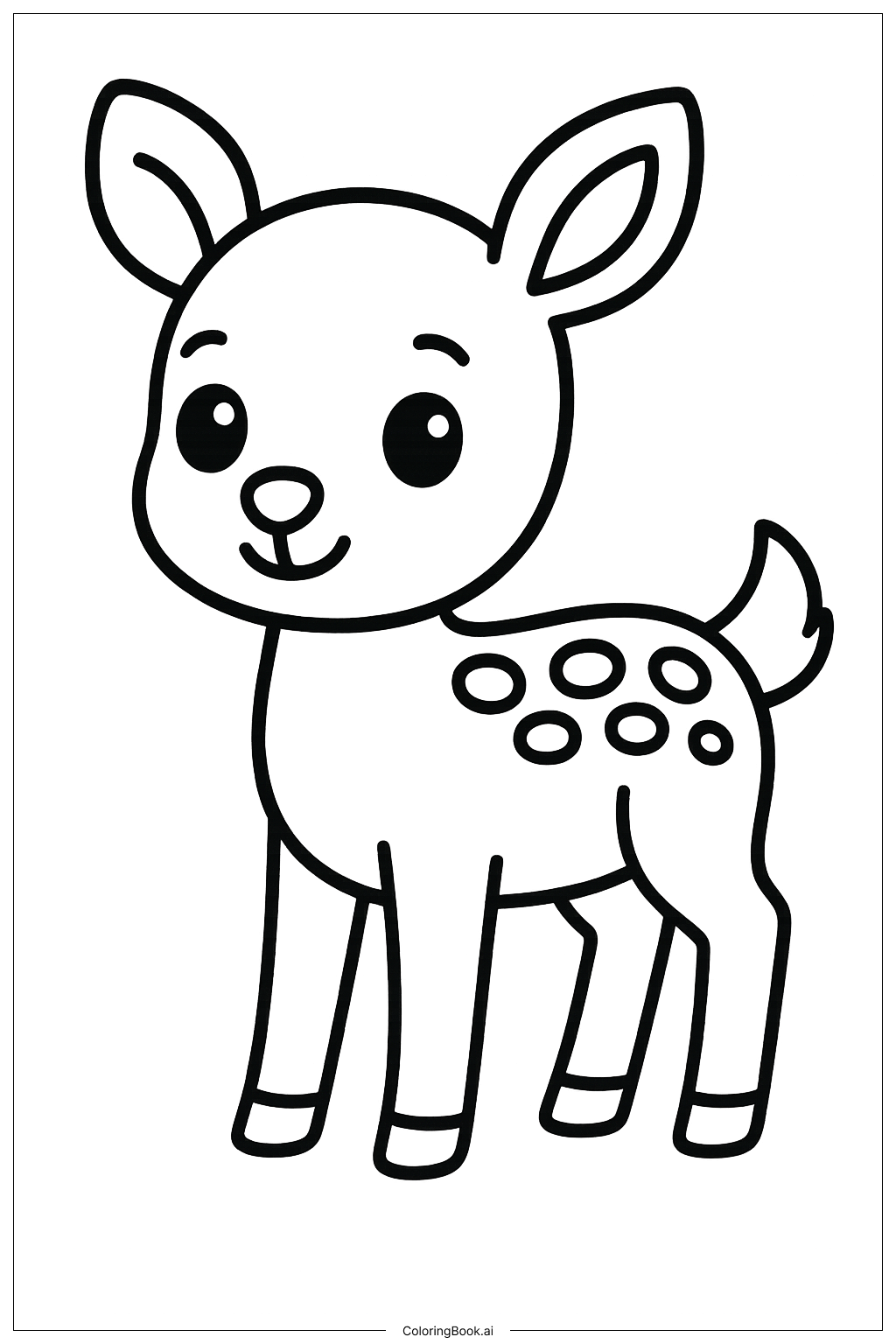Coloring tips: How to color A Capybara Sitting Peacefully coloring page well?
Use warm colors such as light browns, tans, or soft oranges to color the capybara's body. You can choose a medium brown for the main fur and a lighter shade for the belly and feet to create a natural look. Add some pink or peach on the ears and around the nose to give a gentle touch. For the eyes and nose, use black or dark brown to make them stand out. You can also add a soft green or blue color in the background to show the capybara's natural habitat near water or grass. Feel free to use crayons, colored pencils, or markers to fill in the details carefully. Blending different shades of brown can make the capybara look more lifelike and interesting.
Coloring challenges: Which parts are difficult to color and need attention for A Capybara Sitting Peacefully coloring page?
1. The simple lines may seem easy, but creating realistic fur texture with colors can be a challenge. Blending shades smoothly requires patience.
2. Small details like the capybara’s nose and eyes need careful coloring to avoid coloring outside the lines.
3. The lack of background details means you need to create your own setting or shade around the animal for a complete picture.
4. Coloring the paws can be tricky since they are close together and small, requiring precision.
5. Choosing the right combination of browns and other colors to make the capybara look natural yet vibrant needs thoughtful attention.
Benefits of coloring books: Advantages of drawing A Capybara Sitting Peacefully coloring page
Coloring this peaceful capybara helps children focus and practice fine motor skills. It encourages creativity as kids can mix colors to make the animal unique. The simple shapes make it easier for younger children to start coloring, while older kids can add details. It also teaches patience and carefulness with small details. By coloring an animal like the capybara, children learn about nature and animals in a fun way, connecting art and education.








